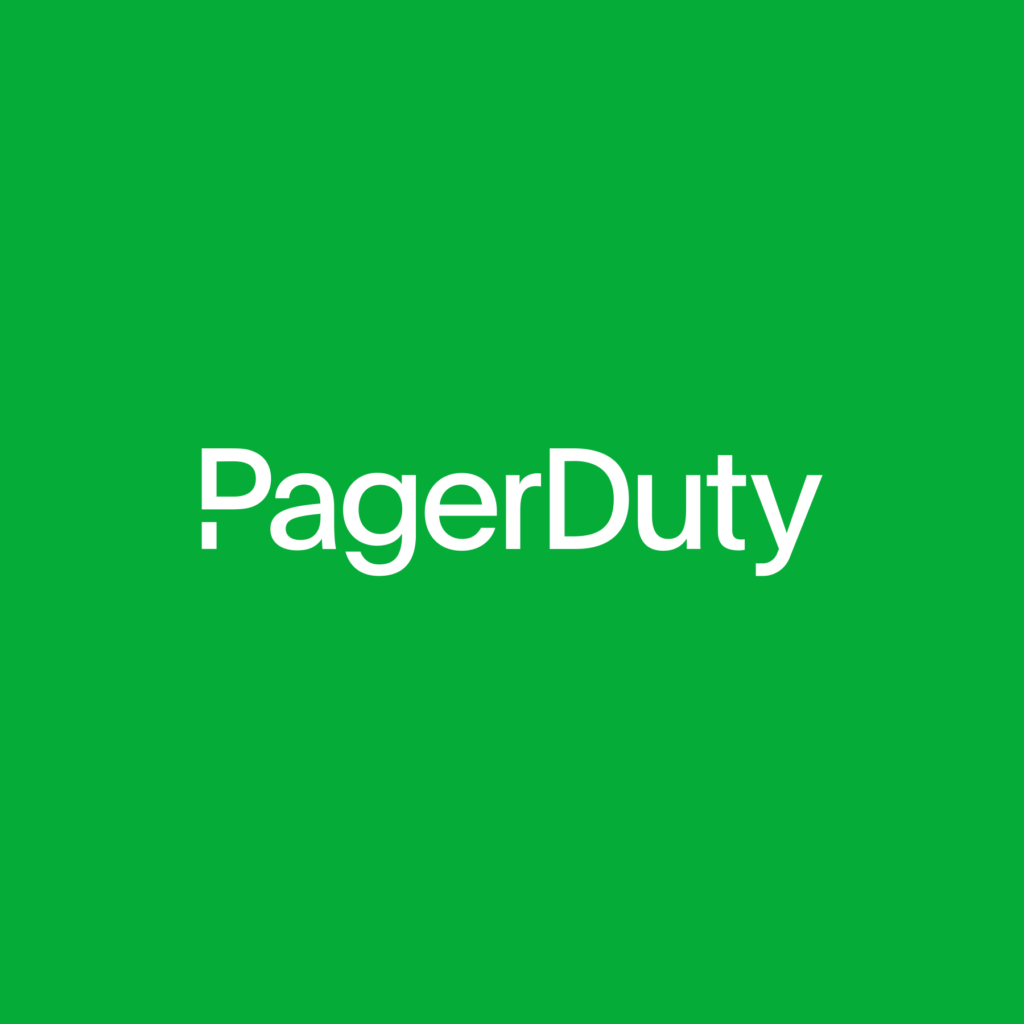- PagerDuty /
- Blog /
- Collaboration /
- PagerDuty joins forces with Datadog and Salesforce Service Cloud
Blog
PagerDuty joins forces with Datadog and Salesforce Service Cloud
One of our core values at PagerDuty is to “Champion the Customer”. This value has guided us to join forces with our technology partners to build over 700 integrations, all with the aim of better serving our customers. Two of those key technology partners are Datadog and Salesforce. Our integrations with Datadog and Salesforce Service Cloud in particular allow us to solve a number of rather complex use cases that span Application and System Monitoring by Datadog, Incident Resolution by PagerDuty, and Servicing the Customer by Salesforce Service Cloud. In this blog, we take a closer look at a plausible scenario where our customers fully take advantage of these two integrations.
Datadog integrates with more than 500 technologies to provide deep visibility into a variety of systems and applications. Users can set up monitors to automatically detect issues across any layer of their stack, and leverage the PagerDuty integration to quickly kick off a response. For example, whenever a metric falls outside a designated range, Datadog sends a signal to both PagerDuty and Salesforce to alert the entire organization about a problem. This provides context with the relevant tags, data visualizations, and messages to help engineers identify and troubleshoot the issue.
PagerDuty and Datadog
As the central nervous system of an organization’s digital operations, PagerDuty collects those incoming signals, groups and correlates incidents, and when necessary creates a new incident. PagerDuty assembles the right subject matter experts (SMEs), arms them with environment and situational information (related incidents, recent changes, etc.) so that they can resolve the incident in the shortest time possible. (See Datadog and PagerDuty diagram)
Datadog and PagerDuty Integration accelerates incident resolution
PagerDuty and Salesforce Service Cloud
At the same time, customer service agents (generally a separate team from the incident responders) engage with customers who are being affected by potentially the same incident. While many DevOps and ITOps teams have adopted PagerDuty as a real-time digital operations platform, Customer Service teams generally don’t have real-time visibility into the DevOps and ITOps systems because traditionally they use different tools.
Dev and IT Teams use Tools traditionally not integrated with Customer Service Systems
This lack of real-time visibility becomes a barrier to clear communication between the front-end Customer Service teams and the back-end technical teams. This internal barrier in turn hinders the Customer Service Team’s ability to set accurate expectations with customers and that has a negative effect on customer satisfaction.
Based on hundreds of conversations with several of our customers we decided to integrate PagerDuty with Customer Service Solutions like Salesforce Service Cloud. PagerDuty provides Customer Service teams with the visibility they need to solve customer problems faster. This also shields Engineering teams from having to manage updates and communications that Customer Service Teams need to provide.
Customer Service Reps and other stakeholders gain additional visibility with PagerDuty
Customer as a Signal
Even with excellent monitoring and observability tools, a large percentage of companies are still finding out about customer impacting disruptions directly from their customers. Customers perceive technical problems differently, for example in an eCommerce scenario, they may say “Checkout Service is not working” or “I cannot complete my purchase” instead of “eCommerce database is down” or “router down preventing traffic to the eCommerce database pod”.
This reporting of an incident by customers is what we call “customer as a signal”. PagerDuty correlates and reconciles this signal from the customer with other signals from Datadog (e.g., triggered monitors that identified database or router issues that could be causing the disruption) and provides additional information to the customer service reps who are now important stakeholders on this incident. Customer service reps can also use Datadog to see customer pain points with Real User Monitoring and Session Replay, enabling them to set accurate expectations about targeted resolution times.
Our Joint Solution
PagerDuty can concurrently send updates to Datadog and all stakeholders, so that the teams that perform system monitoring are kept informed about who is working to resolve the incident, which customers are affected, along with environmental information, and resolution targets. Once the responders resolve the incident, PagerDuty enables documentation of any new learnings (postmortems) and conveys the resolution of the incident to both Datadog and Service Cloud.
PagerDuty Incidents and Status Dashboard embedded in the Datadog UI
The integration of PagerDuty, Datadog, and Salesforce Service Cloud allows each team to work out of the system they prefer with PagerDuty acting as the central nervous system. PagerDuty distributes Incident Information and optimizes communication and collaboration processes between Customer Service and Technical teams.
Integration of PagerDuty, Datadog, and Salesforce Service Cloud
PagerDuty, Datadog, and Salesforce Service Cloud help Customer Service Agents, and Technical Teams avoid context switching through multiple systems that duplicate redundant information. Leveraging our joint architecture, First Contact Resolutions increase, and at the same time Mean Time to Acknowledge (MTTA) and Mean Time to Resolve (MTTR) are reduced. This results in delighted customers and higher morale amongst the different teams involved in the incident resolution process.
To learn more about PagerDuty and our integration with Datadog and Salesforce Service Cloud please click on the following links: PagerDuty and Datadog, PagerDuty and Service Cloud. To learn more about Datadog’s integration with Salesforce Service Cloud please follow this link: Datadog and Salesforce Incidents.


